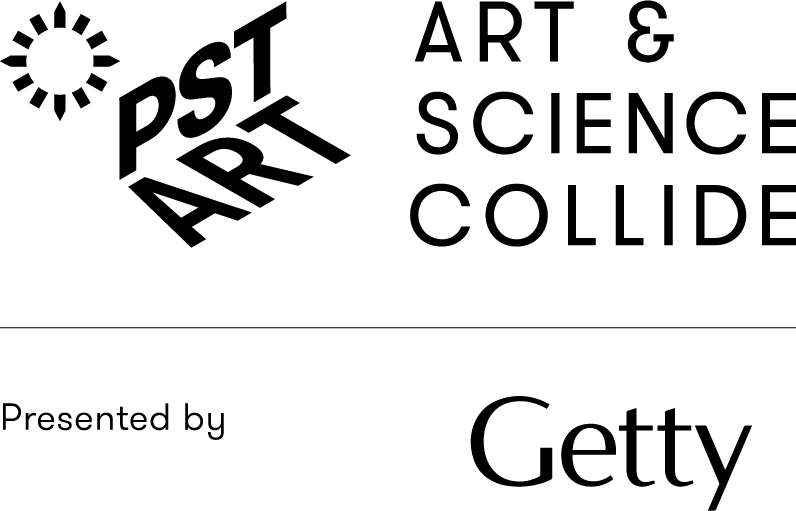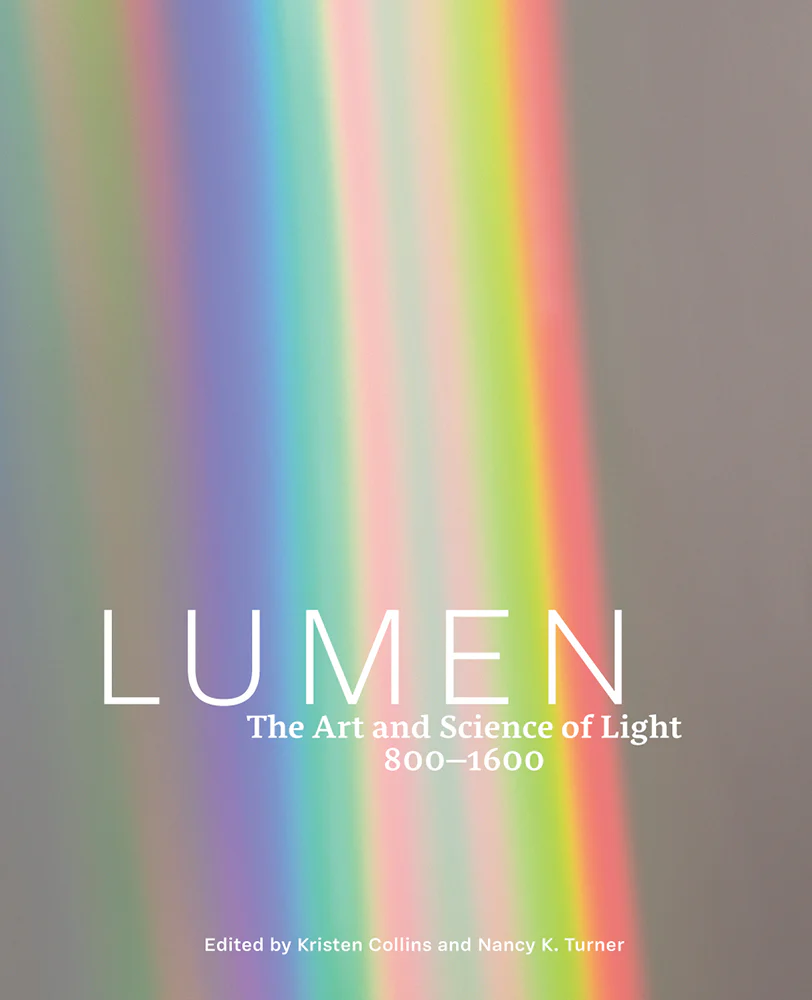


To be human is to crave light. We rise and sleep according to the rhythms of the sun, and have long associated light with divinity. Focusing on the arts of western Europe, Lumen explores the ways in which the science of light was studied by Christian, Jewish, and Muslim philosophers, theologians, and artists during the “long Middle Ages” (800-1600 CE). During this period science (or the study of the physical universe) served as the connective thread for diverse cultures across Europe and the Mediterranean, uniting scholars who inherited, translated, and improved upon a common foundation of ancient Greek scholarship. Several contemporary artworks, including special installations by Helen Pashgian and Charles Ross will extend the exhibition’s reach throughout the Museum.
This exhibition is presented in English and Spanish. Esta exhibición se presenta en inglés y en español.
Supported by an indemnity from the Federal Council on the Arts and the Humanities

Southern California’s landmark arts event, PST ART, returns in September 2024, presenting more than 60 exhibitions from organizations across the region exploring the intersections of art and science, both past and present. PST ART is presented by Getty. For more information about PST ART: Art & Science Collide, please visit pst.art
Publication

Lumen: The Art and Science of Light, 800–1600
Sumptuously illustrated with dazzling objects, this publication explores the ways art and science worked hand in hand in the Middle Ages and Renaissance.
Purchase this and other publications in the Getty Museum Store
Video
PST x Getty x Smarthistory: A Divinely Ordered Universe
How did medieval thinkers explain the cosmos, the natural world, the movement of the planets, and the philosophy of the world? Join experts to explore a manuscript from 1277 that captured key ideas about how everything worked.
Exhibition Resources
Learn more about the exhibition.
To request a checklist of objects, please contact: manuscripts@getty.edu.
Information on Getty Museum works of art can be found through a
collection search